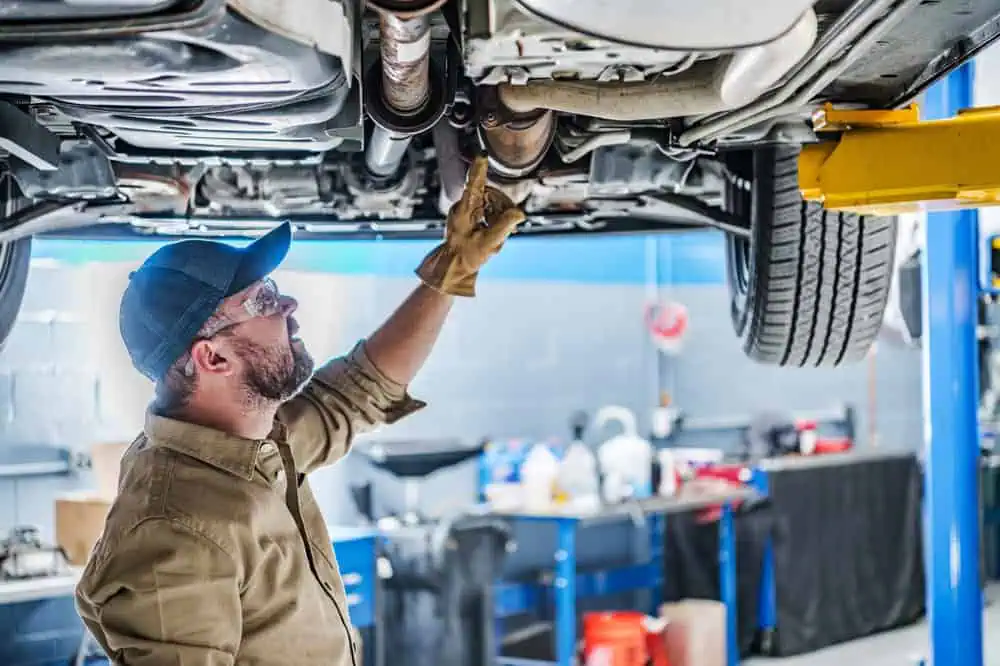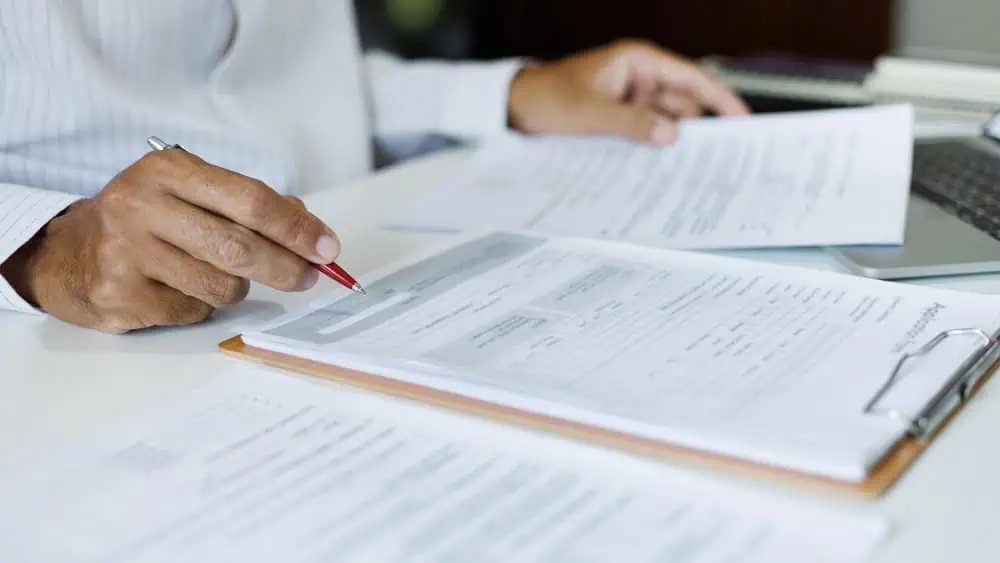When it comes to shipping a car overseas, one of the first things that you…

What Is Homologation?
If you’re shipping a car across borders, whether into the US or abroad, chances are you’ll need to deal with homologation. This is the process that makes sure your vehicle meets local laws before it hits the road.
Join us as we learn more about what homologation is, how the process works, and why it matters for anyone shipping cars across borders.
What Is Homologation?
Homologation refers to the official approval process that ensures vehicles and their components meet the specific technical, environmental impact, and safety standards required for use or sale in a particular country. This process helps to protect both consumers and the local environment, making sure that vehicles are road-legal and that they meet local homologation requirements before they can be registered and driven.
The homologation process involves inspection, testing, and documentation to confirm a vehicle’s compliance with all necessary standards and legal requirements. Understanding the process is essential if you are importing a vehicle across borders, as regulations can differ greatly from one region to another. A car approved for use on public roads in one country might need significant adjustments to meet the homologation rules in another.
Why Does Homologation and Meeting Technical Standards Matter?
Each country or region has its own specific regulations. A vehicle that’s fully compliant in the US, for example, may not meet standards required in the UK or EU without some modification. This is why homologation is often a necessary step in the car shipping and import process, especially for vehicles that weren’t originally manufactured for their destination market.
If a vehicle fails to comply with the necessary standards, this can lead to serious legal consequences, including hefty fines, court action, and product recalls. This is especially true for certain products intended for use by the government or where public safety is paramount. Homologation ensures that vehicles are safe, reliable, roadworthy, and meet all required performance standards before they hit the market or are integrated into public systems.
For individual car owners, skipping this step could result in delays at customs, denied registration, or costly modifications after import. For businesses, it could mean operational setbacks or legal risks.
How Does the Homologation Process Work?
While the exact homologation process varies between countries and regions, the core objective remains the same: to confirm that a vehicle meets all local safety, environmental, and technical standards before it can be registered for use on the road or sold in the local market.
Here’s a step-by-step overview of how the process typically works:
1. Research the Country-Specific Requirements
As each country has its own specific regulations, you must first determine what the rules are for the specific market to which you are importing to. Vehicles often need to be homologated by a designated public agency (for instance, a government agency or regulatory body) to ensure market access and adherence to safety standards.
2. Prepare the Necessary Documents
You will then need to gather together all of the necessary documents, which will include technical specifications, crash test data, and emissions results, as well as any certifications from the manufacturer. You may also need to provide a Certificate of Conformity (CoC) or evidence of compliance with previously accepted standards.
3. Submit Your Application
Once you’ve gathered your paperwork, it’s time to submit your detailed application to the official approval body for audit. This might be a government department, official authority, or sometimes an academic or professional body appointed to oversee vehicle compliance and type approval.
4. Vehicle Testing and Inspection
The vehicle may then undergo physical testing or a detailed inspection to verify that it meets local laws, particularly for emissions, crash safety, lighting, and other critical components. These extensive tests are carried out by authorized facilities, and if the vehicle falls short in any area, modifications will be required to bring it up to standard.
5. Approval and Homologation Certificate
Once the testing and inspection stage is complete, your vehicle will be granted official homologation, which means that it is now approved for use or sale in that country. You may receive either a physical certificate or an approval code, depending on the region that you are in.
It is important to remember that the process of homologation can be both time-consuming and expensive, especially for vehicles that need substantial modifications or documentation. Depending on the country and vehicle type, the process may take several months and cost anywhere from a few hundred to several thousand dollars.
Do I Need Homologation for My Imported Vehicle?
Not all imported vehicles will need to undergo the process of homologation, but many will, particularly if your vehicle wasn’t originally manufactured for its destination market. Whether you’re bringing in a personal car, a vintage model, or a rare or high-performance vehicle, you will need to confirm local compliance before the vehicle can be legally registered or sold.
In general, your vehicle is more likely to require homologation if:
- It is from a country with different safety or emissions standards
- It hasn’t been previously approved for sale in the destination market
- It’s heavily modified or part of a limited production run
Working with an experienced shipping company who are familiar with these requirements can help you to understand your obligations early on.
What Is Type Approval vs. Individual Vehicle Approval?
There are two main homologation routes, and which one applies to you will depend on the type of vehicle that you are looking to import:
Type Approval applies to standard, mass-produced automobiles that have already been tested and certified for the local market.
Individual Vehicle Approval (IVA) applies to one-off, individual imports that weren’t originally built for the destination region. This is a more hands-on, detailed process where your exact vehicle is inspected and tested to confirm it meets local standards and may also involve physical modifications.
Homologation in the European Union and Around the World
While the basic idea of homologation is the same everywhere, the way it’s actually carried out differs across major regions:
International Homologation (UN Regulations)
Many countries worldwide follow widely accepted standards for vehicle safety, emissions, and other performance factors that have been set by the United Nations (UN Regulations). If a vehicle or part meets these UN Regulations, it can usually be sold and used in countries that have adopted them without needing extra testing for each specific country.
- The “E-mark” (capital ‘E’) on a product means it meets specific UN Regulations and follows international safety and environmental rules.
- A Certificate of Conformity (CoC) serves as formal proof of such approval, certifying that the vehicle complies with all related technical and environmental requirements.
Homologation in the European Union (EU)
The EU has a harmonized system, which means that if a vehicle or part gets approved in one EU country, it’s generally accepted across all of the other EU member states.
- The process for EU vehicle approval is based on Regulation (EU) 2018/858, which covers initial approval and market surveillance, meaning vehicles are checked even after they are sold to make sure they continue to meet standards.
- The EU system now aligns closely with the international UN Regulations.
- A Certificate of Conformity (CoC) is given for each vehicle, confirming it matches the approved type. This document is usually needed to register the vehicle anywhere in the EU.
Homologation in the United States
Despite being part of the United Nations, the US uses a different approach for homologation. Instead of a government body approving each type of vehicle before it’s sold, the US mainly uses a self-certification system. For this process, manufacturers in the US are responsible for certifying themselves that their vehicles meet all relevant Federal Motor Vehicle Safety Standards (FMVSS) for safety and Environmental Protection Agency (EPA) rules for emissions.
Homologation in the UK
Since leaving the European Union, the UK has established its own, separate vehicle approval system. This is known as the GB Type Approval Scheme and is mainly governed by the assimilated Regulation (EU) 2018/858 framework, but adapted for the UK.
Mutual Recognition Agreements
Some countries have special agreements for mutual recognition in today’s marketplace. This means if a product is officially approved in one country, it can be sold in another country that’s part of the same agreement without needing the full homologation process again. This is common within areas such as the European Economic Area.
What Are Homologation Specials?
A “homologation special” is a high-performance vehicle that has been manufactured in limited numbers to ensure that it meets the homologation requirements of a specific racing series, such as the World Rally Championship (WRC). This allows manufacturers to use highly specialized parts or designs on their race cars that wouldn’t normally be found on regular production vehicles. While they may resemble standard showroom cars, homologation specials are typically loaded with race-inspired features, such as roll cages, a reinforced chassis, upgraded brakes, aggressive bodywork, and stripped-out interiors.
CFR Classic Can Simplify the Homologation Process For You
Navigating homologation rules can feel overwhelming, particularly as different countries have different standards, paperwork, and testing requirements. With deep expertise in international vehicle shipping and compliance, CFR Classic is here to help.
Whether you are looking to ship a classic car, a high-performance special, or a unique import, CFR Classic can make the homologation and shipping process straightforward and stress-free. Contact us today for an online quote within 24 hours.




